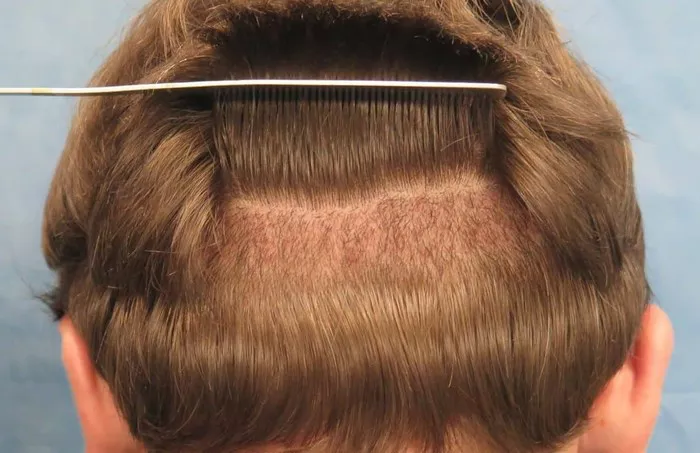Hair transplantation is a widely sought-after solution for individuals grappling with hair loss. While the procedure has proven to be effective in restoring a fuller head of hair, questions often arise about the longevity of the results. One common concern is whether transplanted hair can fall out after a couple of years. In this article, we explore the intricacies of hair transplantation and delve into the factors that may influence the sustainability of the results.
Understanding the Hair Transplant Process
Before delving into the longevity of transplanted hair, it’s essential to grasp the basics of the hair transplant process. The two primary methods are Follicular Unit Transplantation (FUT) and Follicular Unit Extraction (FUE). Both involve harvesting hair follicles from a donor area (usually the back or sides of the head) and transplanting them into areas where hair is thinning or absent.
The Initial Stages: Post-Transplant Shedding
In the months following a hair transplant, patients commonly experience a phenomenon known as “shock loss” or post-transplant shedding. This is a normal part of the process, where the transplanted hairs enter a dormant phase before regrowing. While it may seem alarming, this shedding is temporary, and new hair growth typically begins within a few months.
The Growth Phase: 6 to 12 Months Post-Transplant
The majority of significant hair growth occurs between 6 to 12 months after the transplant. Patients often witness a remarkable improvement in hair density during this period. The transplanted follicles establish themselves in their new location, and the new hair takes on a more natural appearance.
The Two-Year Mark: Stability and Longevity
As the two-year mark approaches, many individuals wonder about the stability of the transplanted hair. The good news is that by this point, the transplanted hair follicles have generally fully taken root, and the results are considered stable. The risk of the transplanted hair falling out significantly decreases after the initial phases.
Factors Influencing Long-Term Hair Transplant Results
Several factors can influence the long-term success of a hair transplant. Understanding these factors is crucial for managing expectations and ensuring optimal results.
1. Patient’s Genetics:
Genetics play a significant role in hair loss, and they also influence the success of a hair transplant. If a patient has a family history of extensive hair loss, they may continue to experience natural hair thinning in non-transplanted areas. However, the transplanted hair should remain resilient to genetic hair loss.
2. Post-Transplant Care:
Following proper post-transplant care instructions is vital for ensuring the success of the procedure. This includes avoiding activities that may damage the newly transplanted hair, such as excessive sun exposure, rigorous exercise, or the use of certain hair care products. Adhering to the recommended care regimen significantly contributes to the long-term health of the transplanted hair.
3. Underlying Medical Conditions:
Certain medical conditions, such as autoimmune disorders or hormonal imbalances, can impact hair health. It’s crucial for individuals undergoing a hair transplant to address and manage any underlying medical issues to optimize the chances of long-term success.
4. Surgeon’s Skill and Technique:
The skill and technique of the surgeon performing the transplant are critical factors in achieving successful and long-lasting results. A skilled surgeon ensures that the grafts are placed at the correct angle and depth, maximizing the chances of successful transplantation.
5. Lifestyle Factors:
Lifestyle choices, including diet, stress levels, and overall health, can influence the longevity of hair transplant results. Adopting a healthy lifestyle that promotes overall well-being contributes to the sustained health of both transplanted and natural hair.
Consulting with a Professional:
If individuals notice any concerns or changes in their transplanted hair after the two-year mark, consulting with a professional is advisable. A healthcare provider or hair transplant specialist can assess the situation, identify any underlying issues, and recommend appropriate interventions if necessary.
See Also: When Can I Wash My Hair After Transplant: A Definitive Guide
Conclusion: Managing Expectations and Ensuring Long-Term Success
In conclusion, the risk of transplanted hair falling out significantly diminishes after the initial phases, and the two-year mark is often considered a milestone for stable results. However, understanding the factors that can influence long-term success is crucial. By managing expectations, adhering to post-transplant care guidelines, and addressing any underlying issues, individuals can maximize the longevity of their hair transplant results. A well-executed transplant, coupled with proper care and attention, can provide a lasting solution for those seeking to restore their natural hairline and regain confidence in their appearance.


